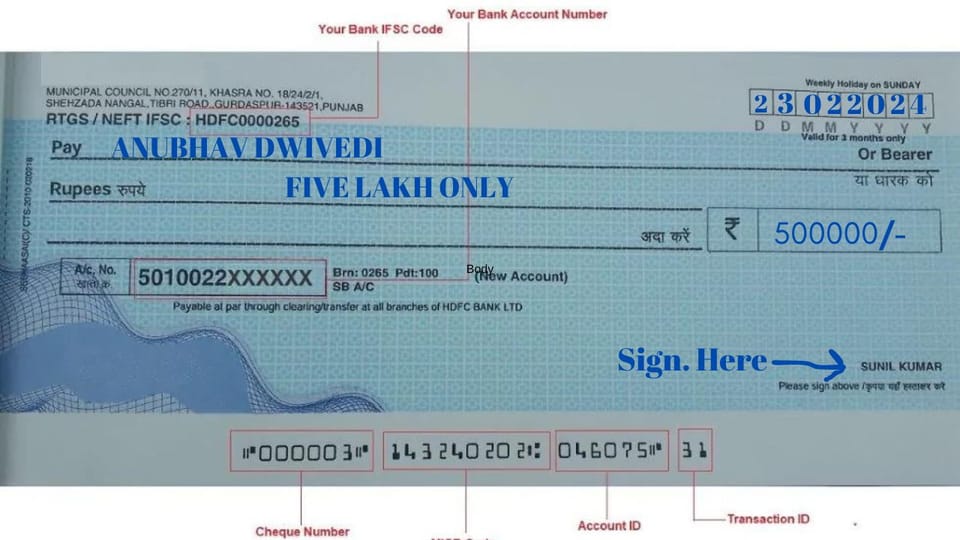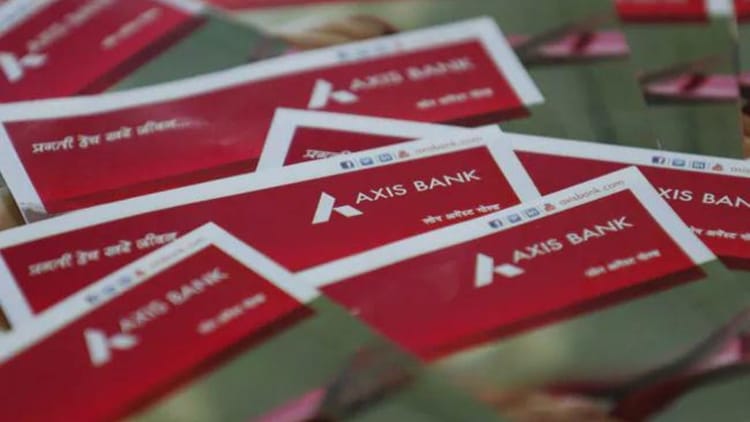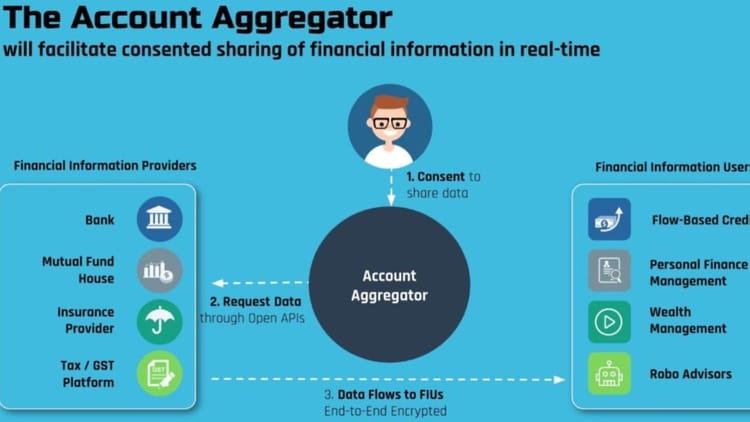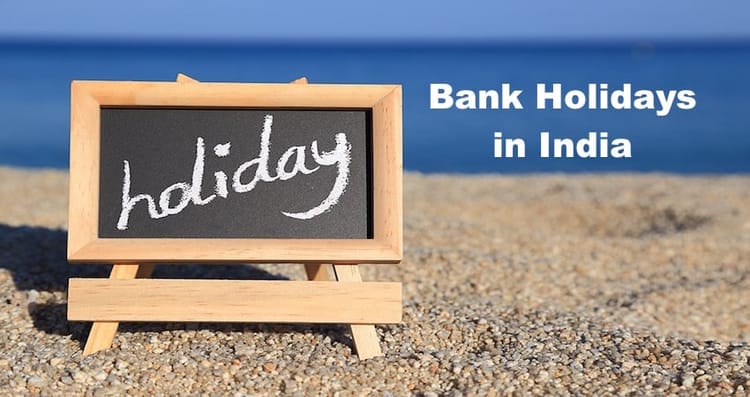How to Fill Cheque?

Filling out a cheque may seem like a relic of the past in today's digital world, but it remains a crucial skill for managing your finances. Whether paying rent, settling a bill, or transferring funds, knowing how to fill out a cheque correctly is essential. This guide will walk you through each part of a cheque, step-by-step instructions, and tips to avoid common errors.
How to fill out a SBI Cheque?
- Filling out a State Bank of India (SBI) cheque involves providing the necessary details to ensure the transaction is accurate and valid.
"Below are the instructions for completing an SBI cheque."
Understanding Cheque Essentials:
- A cheque is a written, dated, and signed instrument that directs a bank to pay a specific sum of money to the bearer or a named party. The essential components include the date, payee, amount in numbers and words, memo line (optional), and signature.
Components of a Cheque:
- Date: The date when the cheque is written.
- Payee: The individual or entity to whom the cheque is payable.
- Amount in Numbers: The payment amount, written numerically.
- Amount in Words: The payment amount, spelled out.
- Memo: Optional field for a note or reminder about the cheque's purpose.
- Signature: The account holder's signature, authorizing the payment.
Cheque Security Features:
- Cheques include various security features to prevent fraud, such as watermarks, microprinting, and chemical-sensitive paper
What is the correct way to fill out a cheque?
Step-by-Step Guide to Filling Out a Cheque:
- Date: Write the current date on the line provided at the top right corner of the cheque. Use the format DD/MM/YYYY.
- Write the Payee's Name: Write the name of the person or entity you are paying (payee) on the line that says "Pay" or "Pay to the order of." Be precise and avoid leaving any blank spaces to prevent misuse.
- Enter the Amount in Words: Write the amount in words in the space provided after "Rupees." For example, if the amount is Rs. 1,500, write "One Thousand Five Hundred Only."
- Enter the Amount in Numbers: Write the amount in numerical figures in the box provided next to or below the "Rupees" field. For example, for Rs. 1,500, write "1500."
- Add a Memo (Optional): Use the memo line for a note or invoice number to clarify the payment's purpose.
- Signature: Sign the cheque at the bottom right corner. Your signature should match the signature you provided to the bank when you opened the account.
- MICR Code and Cheque Number: The MICR (Magnetic Ink Character Recognition) code and cheque number are usually printed at the bottom of the cheque. The MICR code consists of nine digits and is used for electronic processing of the cheque.
- Bank's Information: Ensure that the name of the bank (State Bank of India), Any Bank Or branch, and location are pre-printed on the cheque.
- Crossing the Cheque: If you want to ensure that the cheque is only deposited into the payee's bank account and not cashed over the counter, you can cross the cheque by drawing two parallel lines across the face of the cheque.
FAQs:
How long is a cheque valid?
- A cheque is typically valid for six months from the date written on it, but this can vary by country and bank policy.
Can I postdate a cheque?
- Yes, you can postdate a cheque by writing a future date, but the recipient might not be able to cash or deposit it until that date.
What happens if a cheque bounces?
- If a cheque bounces due to insufficient funds, both the issuer and the recipient may face bank fees, and the issuer could face legal repercussions.
How do I correct a mistake on a cheque?
- To correct a mistake on a cheque, it's safest to void the cheque, write "VOID" across it, and write a new cheque to avoid any confusion or fraud.
How to Stop a Cheque Payment?
- To stop a cheque payment, contact your bank as soon as possible with the cheque details (number, date, amount) and request a "stop payment." This may incur a fee depending on your bank's policies.
Does a cheque need a full name?
- Yes, for a cheque to be processed correctly, it should ideally be made out to the full name of the person or entity intended to receive the funds. This ensures clarity and reduces the risk of fraudulent endorsements or banking errors.
We hope that you like this content and for more such content Please follow us on our social site and YouTube and subscribe to our website.
Manage your business cash flows and payable/receivables using our Bahi Khata App




Comments ()